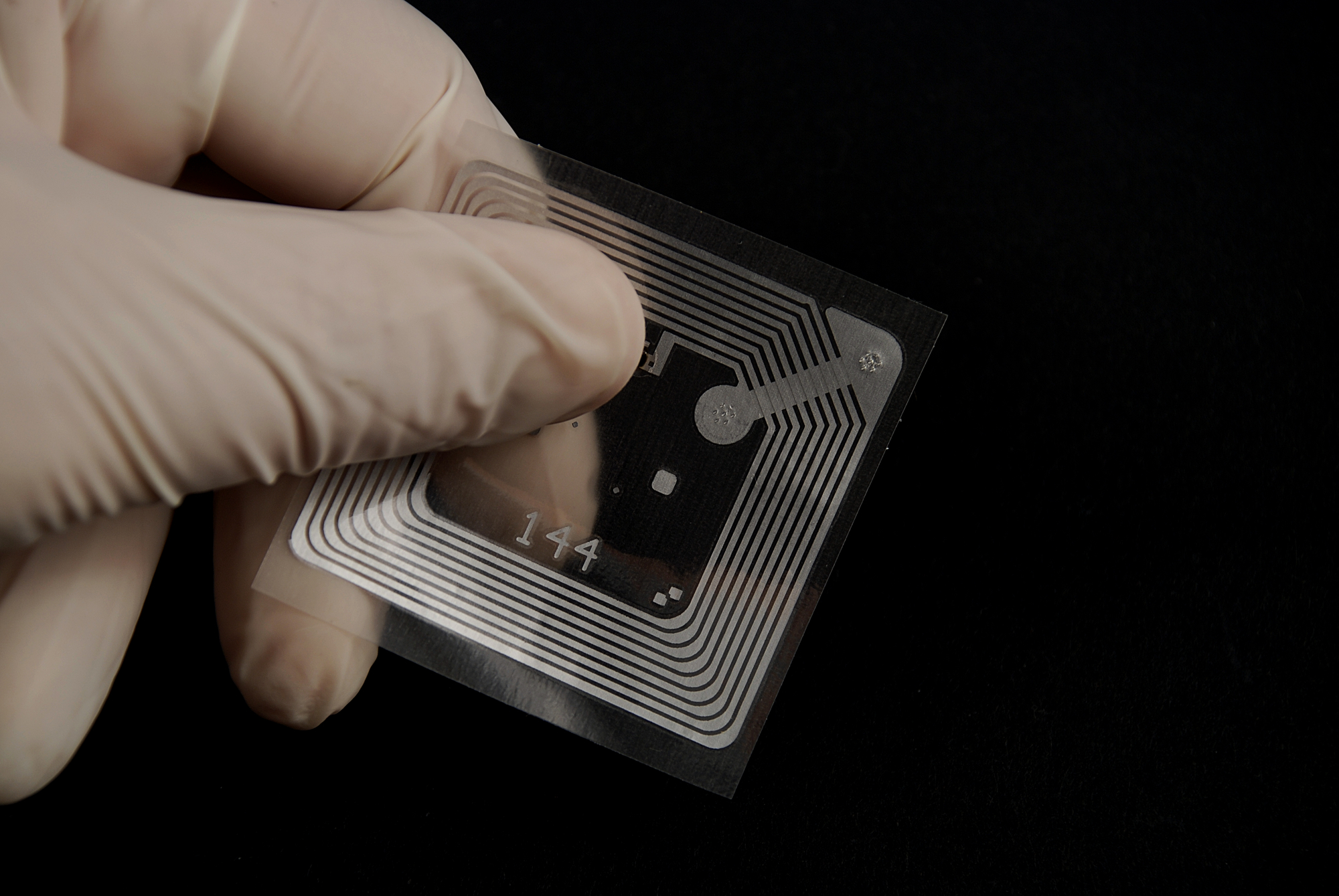RFID technology has become a normal part of our lives, for better or worse. Everyone knows what an electronic tracking device is, but many people do not understand how they work. RFID is easily one of the most popular methods of tracking, as this technology is simple, relatively cheap, and quite effective.
What Is RFID Technology?
An RFID system consists of two elements: The tags and the reader. The anti-theft tags that you’ve seen at the store are an example of RFID tags. There are many others, and they can be embedded in just about anything. RFID stands for “radio frequency identification.”
This technology works by using radio waves to transmit information. The RFID reader sends out an electromagnetic signal that detects any RFID tags in the area. The tags react by sending data in response. Thus, there is no need to retrieve the tag physically.
Does An RFID Tag Have A Power Source?
Some RFID tags have a battery, while most of them do not. Those with batteries are referred to as “active RFID.” Those without a battery are called “passive RFID.” The passive tags are able to work without a battery because they draw power from the reader.
When the reader sends out radio waves, the tags will pick up those signals with a tiny antenna that is coiled within the chip. As it takes in the energy, this antenna forms a tiny magnetic field. As you may know, electricity is produced by the interaction of magnetic fields, so this allows the RFID to power itself from a radio signal alone.
The Two Types Of RFID
Of course, there are RFID tags that contain batteries, and these are referred to as “active RFID.” These tags are a lot more expensive, but they are also more effective in several ways. First of all, these tags have a much longer range than the passive variety.
Secondly, an active RFID tag is constantly sending out a data signal. It doesn’t have to wait for a radio signal from the reader, so it broadcasts 24 hours a day until its battery dies. In spite of its higher cost, this type of RFID is often used for high-risk situations where close monitoring is required.
The Many Uses Of RFID
As you might imagine, RFID can be utilized in a near-endless amount of ways. Anytime you need to keep track of something, an RFID system can be helpful. Here are some of the more common ways in which it is used:
- Retail stores will often use RFID to prevent theft and keep precise track of inventory
- Businesses will often use RFID to track expensive equipment
- Hospitals will sometimes use RFID to determine when a patient gets out of bed
- Businesses might use RFID to track the movements of employees in some situations
- Pharmacies will sometimes use RFID to track the use of narcotic drugs to help prevent their unauthorized sale
- Airlines will normally use RFID to track the luggage of each passenger
- Some parents use RFID to keep track of their children in public places
- Companies that rent expensive items, like car rental companies, will normally use RFID tracking methods.
- Casinos and other gambling establishments will sometimes use RFID to keep track of their chips and cards.
Concerns With RFID Technology
Naturally, there are some privacy concerns with this sort of technology. While there is often a legitimate need to keep track of certain things, RFID could also be used to violate privacy rights at an unprecedented level.
Even if you don’t have a problem with companies (and governments) tracking your every move, you still need to worry about malicious criminals. It’s not that hard for someone to hijack RFID technology because the tags generally cannot tell the difference between one reader and another. Thankfully, RFID manufacturers are turning to cryptography to close this giant loophole.
These privacy concerns are well-warranted because of the fact that RFID tags can be so hard to find. Some of them are as thin as a sheet of paper and as small as 0.15 millimeters. In fact, there are even printed RFID tags, which are much harder to remove. You might have at least three or four RFID tags in the clothes that you’re wearing right now.
Why Is RFID Technology So Common?
The use of RFID has exploded in recent years, to a point where virtually every retailer is using them for product tracking. This increase in usage has mostly been driven by two entities: The U.S. Department of Defense, and Wal-Mart. Both of these organizations have policies that require all of their suppliers to use RFID tags in their products. This is mainly done for purposes of greater inventory control, as barcodes are not particularly reliable.
Origins Of RFID
Not surprisingly, RFID technology was originally created for purposes of espionage. Leon Theremin, an inventor from the Soviet Union, created a listening device in 1945 that did not require a power source.
Theremin’s device was powered remotely by radio waves, much like an RFID tag. Even before this, nations on both sides of World War Two used transponders to track their aircraft, and this technology was refined by Theremin in the post-war years. An American inventor named Mario Cardullo later patented the first true RFID device in 1973.
Conclusion
RFID technology can be a very handy thing, and it also scares a lot of people. Unfortunately, most of us don’t have the luxury of deciding whether or not this technology is worth using. In other words: You will be using this technology whether you like it or not. As such, it pays to know a little bit about RFID and how it works. We hope that we have given you a good overview of the subject, and we also hope that you will fill out the contact form.



